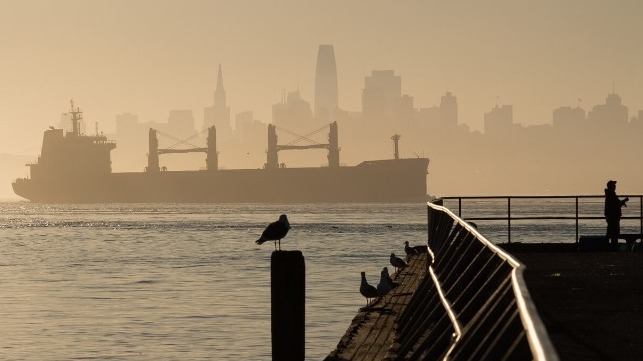IEA's World Energy Outlook Shines Spotlight on Shipping's Emissions

Ahead of the COP26 meeting in Glasgow this November, the International Energy Agency (IEA) has released its flagship World Energy Outlook 2021 report with a focus on clean energy transitions.
One of the report’s key findings is that while there is a marked increase in adoption of renewable energy sources like wind and solar, this is offset by an increased growth in emissions, especially from industries like heavy-duty transport. Specifically, the transport sector is singled out for its high level of reliance on fossil fuels. Transport accounts for 37 percent of CO2 emissions (7.1 gigatons in 2020) from all end-use sectors. This includes shipping, and even under a best-case scenario, the IEA believes that fuel oil will make up around 80 percent of shipping’s total fuel demand in 2030.
Shipping faces two particular challenges: driving energy efficiency and behavioral change to reduce energy demand; and speeding up innovation and infrastructure investment to enable decarbonization after 2030. This is even more pronounced in developing economies, which would have to develop new infrastructure for low-carbon fuels in their ports. Therefore, international cooperation is required to foster the development of the needed infrastructure, with advanced economies playing a key role.

that matters most
Get the latest maritime news delivered to your inbox daily.
“Governments need to enhance investment in commercializing key technologies for long-distance transport such as shipping and aviation, including by improving incentives for such investments. Emissions reductions in these modes are dependent on innovation of key technologies such as advanced batteries with an energy density of more than 400 watt-hours per kilogram (Wh/Kg), fuel cells, advanced biofuels and synthetic fuels,” recommends the report.
The initial transition may be centered on specific regions. With the 20 largest ports in the world accounting for more than half of all global cargo, the industry may get the best results by focusing on the biggest fuel-demand clusters until low carbon technologies become more cost-effective, the report recommended.
